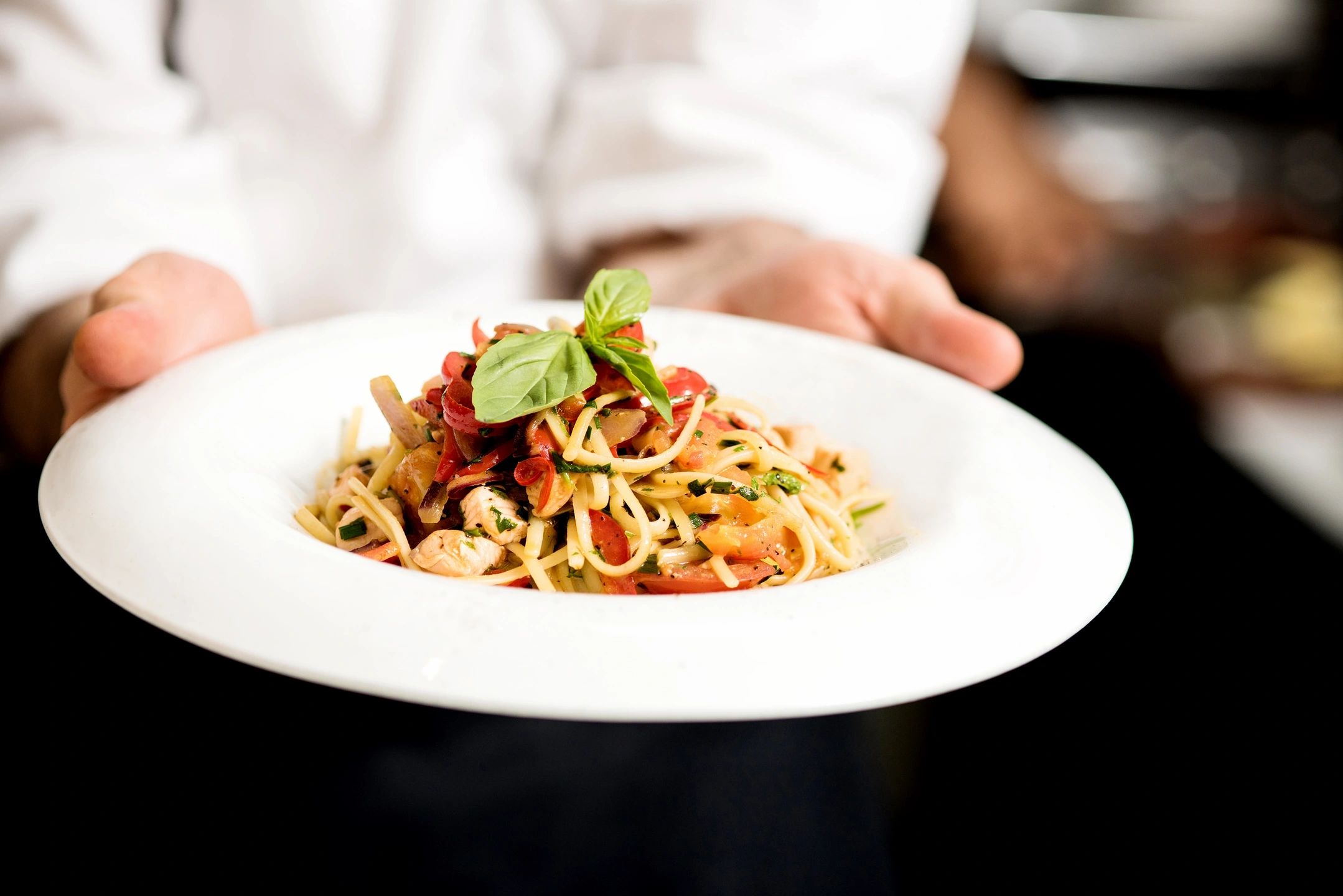There’s something undeniably special about homemade pasta. While store-bought versions serve their purpose, crafting your own pasta from scratch elevates the meal into a true culinary experience. The texture, the taste, and the sheer satisfaction of creating something from the ground up make homemade pasta worth the time and effort. Whether you’re an experienced cook or a beginner, learning the art of pasta-making opens up a world of endless possibilities. This guide will walk you through everything you need to know—from selecting the right ingredients to crafting a variety of pasta shapes, and pairing them with sauces that will tantalize your taste buds.
The Essentials: Key Ingredients for Homemade Pasta
When it comes to homemade pasta, the ingredients you choose are crucial to achieving the perfect result. The foundation of pasta dough is simple, but selecting the right type of flour makes all the difference.
Flour varieties play a central role in your dough’s texture and consistency. Semolina flour, made from durum wheat, creates a slightly coarse texture and is perfect for pasta that holds its shape well, like penne or rigatoni. For a softer, more delicate pasta like ravioli or fettuccine, 00 flour is ideal. This finely milled flour yields a silky dough that cooks up light and tender. While all-purpose flour is commonly used and works in a pinch, opting for semolina or 00 flour will enhance your homemade pasta significantly.
Along with the flour, eggs, water, and a pinch of salt are essential. Eggs provide richness and help bind the dough, while water can adjust the texture if the dough feels too dry. Salt, though small in quantity, enhances the overall flavor of the pasta. With just these four basic ingredients, you can create a wide variety of fresh pasta.
Step-by-Step Guide: Making Pasta Dough from Scratch
Making pasta dough is a simple process, but the technique is everything. To start, create a well in the center of your flour, and crack the eggs into it. Gently beat the eggs with a fork, gradually incorporating the surrounding flour until the mixture becomes thick and shaggy. If necessary, add a little water, a teaspoon at a time, to bring the dough together. Once combined, it’s time to knead.
Kneading is the most crucial step in making pasta dough. Use the heels of your hands to press and fold the dough, turning it frequently to ensure an even texture. The dough should be smooth and elastic. If it’s too sticky, dust with a little flour, but be careful not to overdo it. Knead for about 10 minutes until the dough feels firm and stretchy.
Let your dough rest for at least 30 minutes, covered with a damp cloth. This resting time allows the gluten to relax, making it easier to roll out later.
Types of Pasta You Can Make at Home
One of the most enjoyable aspects of making homemade pasta is the variety of shapes and sizes you can create. Once your dough is ready, the fun begins!
Long pasta, such as spaghetti or fettuccine, is a classic favorite. After rolling the dough into a thin sheet, it can be sliced into strips for these familiar shapes. Fettuccine pairs wonderfully with rich, creamy sauces like Alfredo, while spaghetti is perfect for light tomato-based sauces like marinara or even a drizzle of olive oil and garlic.
For something more intricate, try making filled pasta, like ravioli or tortellini. These delightful creations involve placing a spoonful of filling (cheese, meat, or vegetables) between two layers of pasta dough, then sealing the edges to form a little pouch. These are wonderful for special occasions or when you want to impress your guests.
Lastly, short pasta like penne or farfalle can be created with a bit of rolling and cutting, resulting in fun, bite-sized shapes that pair beautifully with chunky sauces or in baked pasta dishes.
Cooking and Storing Your Homemade Pasta
Cooking your fresh pasta is a straightforward process, but timing is key. Because it doesn’t contain preservatives like dried pasta, homemade pasta cooks much faster. In boiling, salted water, your fresh pasta should cook in just a couple of minutes—check a piece by tasting it for the perfect texture. The pasta should be al dente, tender but still with a slight bite.
If you’ve made more pasta than you can cook in one sitting, don’t worry. You can easily store fresh pasta for later. If you plan to use it within a couple of days, simply refrigerate it, layered between parchment paper to prevent sticking. For longer storage, freeze the pasta. Place the pasta on a baking sheet to freeze individually before transferring it to a bag or container. Frozen pasta can be boiled straight from the freezer without the need for thawing.
Creative Sauces to Pair with Homemade Pasta
Homemade pasta opens up a world of possibilities when it comes to sauces. While traditional marinara and creamy Alfredo are always crowd-pleasers, don’t shy away from experimenting with more unique flavors.
Pesto, made with fresh basil, garlic, pine nuts, and Parmesan, pairs wonderfully with long pastas like spaghetti or linguine. Its bright, herby taste provides a fresh contrast to the richness of the dough. Another simple yet indulgent sauce is brown butter. The nutty aroma of browned butter complements the delicate texture of pasta beautifully, especially when topped with a sprinkle of Parmesan.
For a more decadent experience, try a carbonara sauce, combining eggs, Parmesan, pancetta, and a touch of pepper for a rich, silky finish.
Summary: The Joy of Homemade Pasta
Making homemade pasta is more than just a cooking task; it’s an experience that brings joy and satisfaction with each step. From selecting the best flour to experimenting with different shapes and flavors, homemade pasta is a rewarding and versatile addition to any kitchen. The next time you’re in the mood for a culinary adventure, gather your ingredients and give it a try. The process may take a bit of time, but the result is a dish that’s far superior to anything store-bought. So roll up your sleeves, and let your creativity guide you—homemade pasta is a delicious journey worth taking!
Please like, comment, and share this article if you found it helpful and
informative.
Visit https://bigtownbulletin.com if you would like to see more of this content.
Please like, comment, and share this article if you found it helpful and
informative.
For more news check out Big Town Bulletin News
For more from Big Town Bulletin check out Big Town Bulletin


